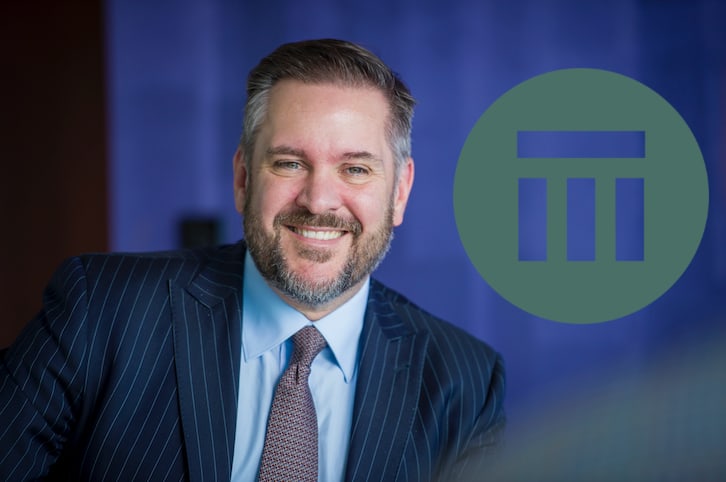Primary insurers best suited to absorb frequency losses: Gianfranco Lot, Swiss Re

At the recent January reinsurance renewals there was widespread recognition in the market that “primary insurers are best suited to absorb frequency losses, while reinsurers are best placed to act as a shock absorber,” according to Gianfranco Lot, Chief Underwriting Officer (CUO) of P&C Reinsurance at Swiss Re.
In commenting on the outcome of the January 2024 reinsurance renewal season, lot acknowledges that conditions were far better this year.
“From a reinsurance perspective, there were fewer surprises compared to last year, but it wasn’t without its challenges,” he explained.
One benefit for the market was the fact retrocessional reinsurance capacity was more readily available and available earlier, which allowed reinsurance firms to better position themselves to help their clients.
Lot explained, “With retro capacity in place earlier than last year, the renewal was more orderly in the sense of a greater focus on price discovery, increased competition and many more requests to quote from brokers, who played a constructive role throughout the renewal.”
“I would add that while the re/insurers have fared better in the first nine months of 2023 than the past five to six years, the risk environment has not changed, in fact a new norm has been established. Geopolitical tensions even increased, inflation is still there, and the level of natural catastrophes remains at an elevated level. USD 100bn of NatCat related insured losses per year globally has become the new norm. It is therefore imperative that as an industry we maintain the underwriting rigor that we saw in the past few years in the primary market and during last year’s reinsurance renewals,” he continued.
Terms and conditions remained improved at the renewals and there is an increasing emphasis across the industry about the need to better understand and manage risk, Lot said.
But he added that there remains work to do.
In terms of where risk best sits, after the retrenchment of a lot of reinsurance capital higher up the tower, in terms of attachment, and further away from frequency risks, Lot highlighted that, “On the property side, there was widespread recognition that primary insurers are best suited to absorb frequency losses, while reinsurers are best placed to act as a shock absorber.”
There is some concern in the industry that this is resulting in reinsurance protection gaps, that are hard for primary companies to fill.
Reinsurance brokers have been quite positive on their being an increasing appetite among reinsurers for well-structured aggregate covers, which suggests there has been some give on this key issue.
One area Swiss Re has been helping its clients is with proportional reinsurance solutions.
Lot explained, “In some cases, the shift to higher attachment points in reinsurance programmes meant bigger self-retentions leading to capital strains.
“We’ve seen higher demand for capital driven quota shares that we’ve been able to structure often with our broker partners.”
In property reinsurance, Lot went on to explain that, “In general, supply and demand dynamics found an equilibrium with some oversubscription on the higher end of the Nat Cat programmes, however, lower attaching layers were not fully placed in several instances.
“While proceedings on Nat Cat programmes were orderly, Property Per Risk treaties remained challenging due to recent poor performance and lack of structural changes over a prolonged period. Reinsurance underwriters will have to continue their focus here to find a solution that is long-term sustainable.”
Finally, on the outlook for the next sets of reinsurance renewals in 2024 and beyond, Lot would not be drawn.
“It’s too early to tell. And in the absence of major losses or legal developments, we will be expecting another round of relatively normal renewals,” Lot said.
Adding that, “However, already on 1 January, we witnessed a powerful earthquake hitting northern Japan. On 3 January, a JAL airliner carrying 379 people caught fire after colliding with a coastguard plane in Tokyo. And just a few days later Boeing grounded its 737 Max 9 planes after a door panel blew out. These events are tragic, and the considerable loss of life and damage is incredibly saddening. Our sympathies are with everyone impacted.
“These events along with political uncertainty across the globe inevitably factor into considerations for 1.4 and 1.7.
“Finally, it’s important to recognise that the hard work during 2023 paved the way to a more predictable renewal this year. It’s important the underwriting discipline is maintained to achieve a sustainable balance in risk sharing moving forward.”






